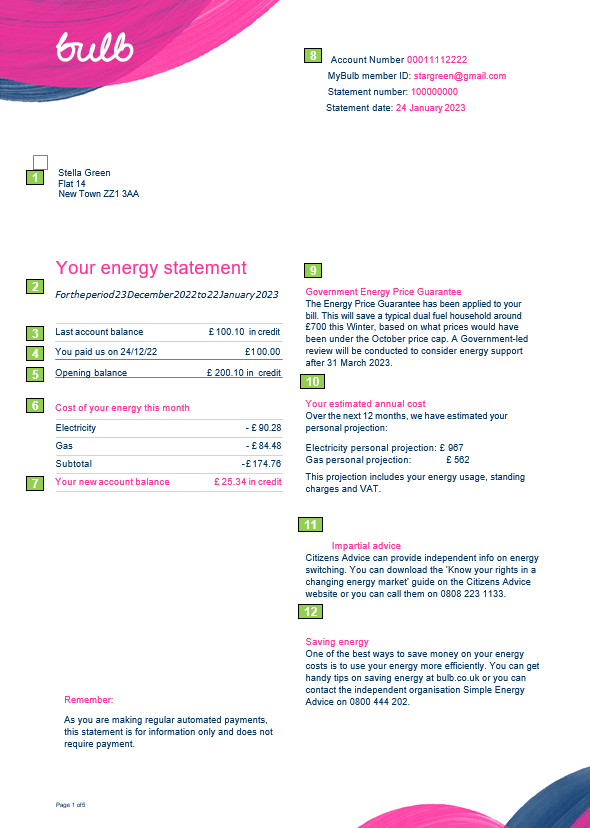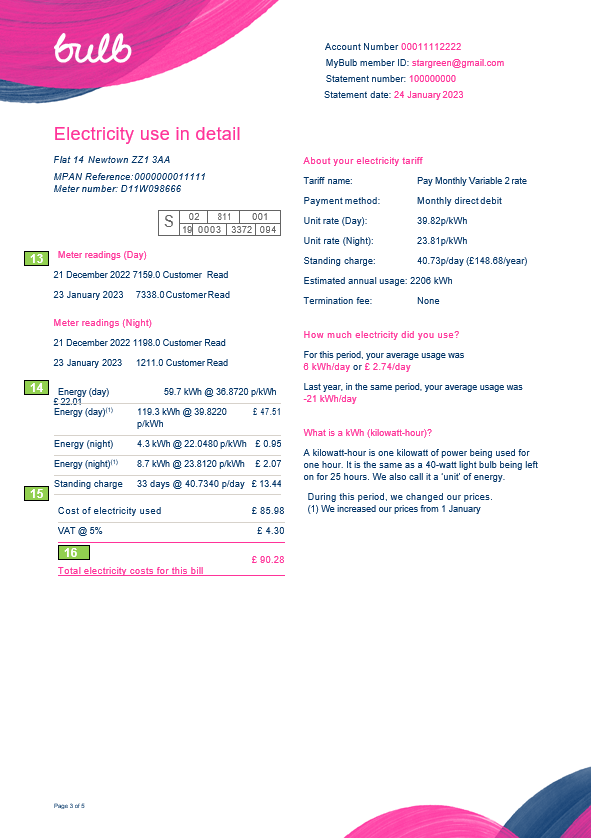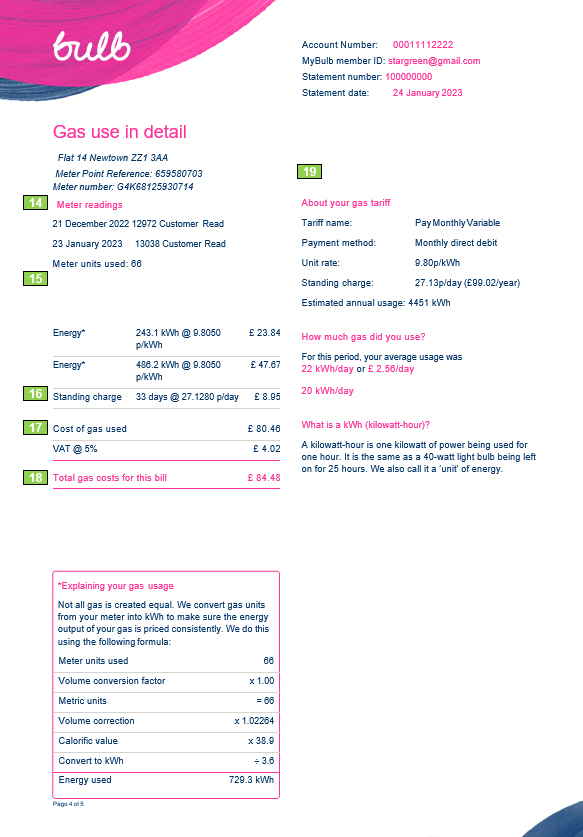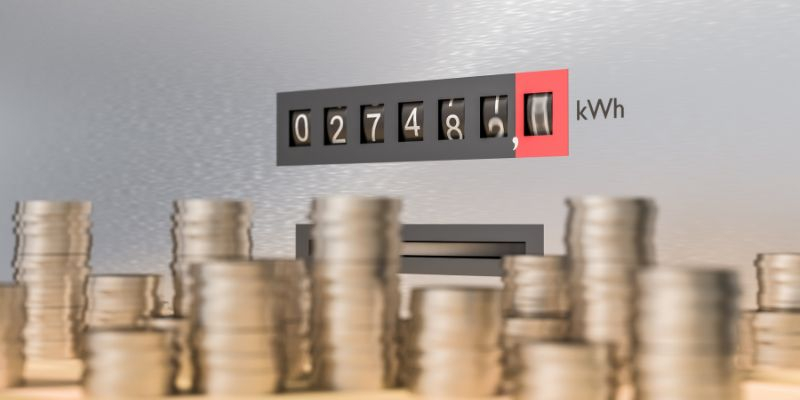All you need to know about your energy bill
Energy bills are more than just a painful reminder of the crazy prices we have to pay every month, they also can seem like a baffling secret code – so here’s our quick guide to what your energy bill means.
First, a few terms that should help.
What is?
kWh – this means a kilowatt hour. It’s a measure of how much energy you use per hour. For example, if your electrical appliances used 1000 watts in 1 hour, that would be 1kWh.
Your suppliers also uses kWh for gas used. Your gas meter measures gas usage in cubic metres or cubic feet, depending on the meter, and then converts this measurement into kWh. There’s detailed government advice on how to read your gas meter and convert the gas used to kWh here.
Standing charge – This is a fixed amount that you pay daily and is not linked to your energy consumption. It covers costs that suppliers have to pay on behalf of customers, including use and maintenance of the energy network infrastructure, costs of government support schemes and meter readings.
The Energy Price Guarantee – This was announced by the government in September to reduce the impact of rising energy prices for both households and businesses and was due to be in place for two years. However, the government recently announced that the scheme will only continue in its current form until April (2023). Average household bills are estimated to be no more than £2,500 under the guarantee, which caps the price per unit of gas or electricity.
The Energy Price Guarantee will continue to provide support from April but the cap will rise to £3,000 and the £400 energy bill support for all households will end.
The Energy Bills Discount Scheme – The business scheme runs for 12 months from 1 April 2023 to 31 March 2024 and replaces the Energy Bill Relief Scheme. The government will provide a discount on gas and electricity unit prices for eligible non-domestic consumers, subject to a maximum amount. The relative discount will be applied if wholesale prices are above a certain price threshold. For most non-domestic energy users in Great Britain and Northern Ireland these maximum discounts have been set at:
- electricity – £19.61 per megawatt hour (MWh) with a price threshold of £302 per MWh.
- gas – £6.97 per MWh with a price threshold of £107 per MWh
The Energy Bill Relief Scheme – The scheme came into effect on 1 October 2022 and was always intended to run until 31 March 2023. It provides a discount on wholesale gas and electricity prices for all non-domestic consumers. This includes public sector organisations, voluntary sector organisations like charities, and businesses.
Here’s a detailed breakdown of an example bill below from Bulb, and it’s worth a look if you are struggling to decipher the code. Most bills include the same information, but are all designed differently. This guide should pick out the main elements to help you through the maze.

-
Your postal address
-
The date period your bill covers
-
The balance from your last bill. In credit means you’ve paid for more energy than you’ve actually used.
-
This shows all the payments you have made during this billing period.
-
The balance brought forward from your last bill, less any payments made during this billing period.
-
Total of new charges included in this bill for both gas and electric, if applicable.
-
Your up-to-date balance.
-
Your account details
- Government support details
-
This is an estimate of your annual costs for gas and electricity, based on your current tariff, charges and discounts, including VAT.
-
Advice on your rights.
-
Energy-saving advice.

-
Meter readings (either from you or your smart reader automatically).
-
Total amount of energy used in the period stated above as well as your unit rate.
-
This shows the cost per day for the standing charge, it shows the number of days that have been included in this period.
-
This shows the total charges for fuel for this period.

-
Meter readings (either from you or automatically from your smart reader).
-
Total amount of energy used in the period listed above as well as your unit rate.
-
This shows the cost per day for the standing charge, it shows the number of days that have been included in this period.
-
Total charge for gas consumed.
-
Total charges for gas including VAT.
-
Tariff details.

